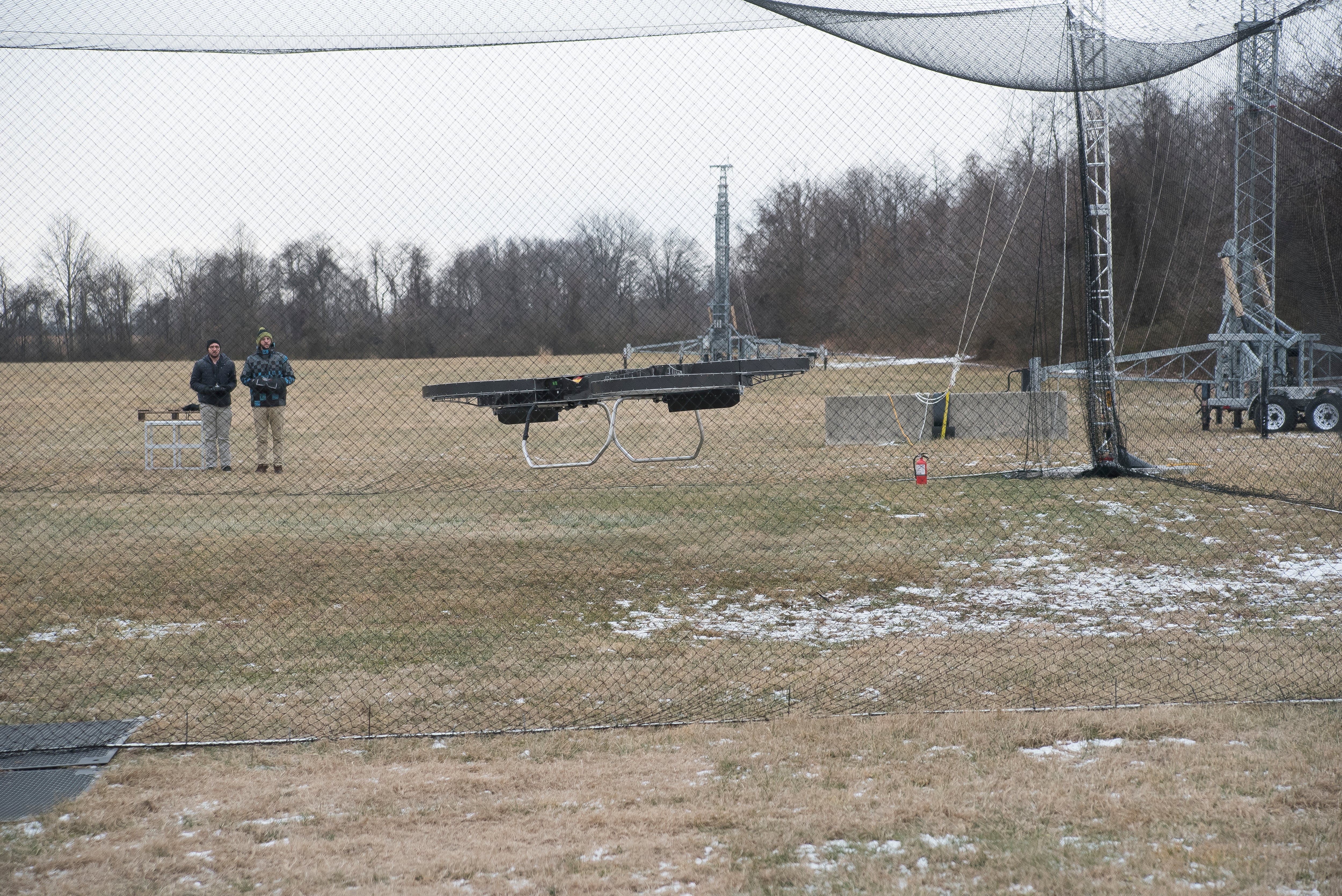If you've ever wanted to call in a request for more supplies and have a UAV zip across the battlefield to you, Army researchers are working to make that happen.
Today, if a unit's mission changes, there are just a few options to receive a particular weapon system, extra equipment or supplies. A convoy can be sent out to deliver the suppliles, troops can walk back to get what they need, or they can submit a request to the supporting aviation unit for an air drop.
An unmanned aerial technology — such as a hoverbike — will provide supplies faster and more safely, officials said.
"Maneuver units are seeing things like quad copters and Amazon delivering via drones, and they say, 'Hey, what about me? I want that on my battlefield,'" said Robert Forrester, technical manager for the joint tactical aerial resupply vehicle program, or JTARV, at Army Research, Development and Engineering Command.
The JTARV program is a joint effort with many of the Army's labs, including the Army Research Laboratory and Army Aviation and Missile Research Development and Engineering Center, and the Marine Corps.
Forrester said he works with industry partners and vendors to provide prototypes for evaluation by the user community.
The hoverbike has rotors that spin within circular metal rims, pushing air downward and allowing the vehicle to rise up.
The hoverbike, however, is just one option the team is researching.
"They're all going to be vertical takeoff and landing-type systems," with a capacity of roughly 200 to 800 pounds, Forrester said.
The Army's Maneuver Center of Excellence and the Marine Corps are working to find the sweet spot between payload and capacity.
"If you have to haul this vehicle on a truck to deploy it, you may not want to have a 1,000-pound vehicle that you have to lug around," Forrester said.
Maj. Jeremy Gottshall, a requirements developer with Army Training and Doctrine Command's Combined Arms Support Command, is reaching out to the force to gauge their interest in something like the JTARV.
A major concern has been troops being bogged down with heavier equipment, Gottshall said, and the JTARV can help lighten the load.
"If we have this within their unit, they will be less likely to go out of the gate overloaded," he said. "They'll have the confidence that if their mission changes, they can reach back immediately in their unit to fly what they need out to them in a timely manner."

Army researchers are working on an unmanned aerial alternative to resupplying troops on the battlefield.
Photo Credit: Army
Forrester said the JTARV program could change the paradigm of who controls something like this.
"Traditionally, it's aviation units doing aviation missions, but for this whole concept to work, what they're looking to do is rely on technology and automation," he said.
The plan is to have an autonomous vehicle, which means there won't be "a soldier with a joystick" controlling it, Gottshall said. It will ideally be easy enough to maintain and operate without a licensed pilot.
The JTARV program wouldn't replace manned resupply missions, but it would help augment current practices, officials said.
The Marine Corps is also working with the Army on demos and feedback.
Tom Heffern, with Marine Corps Combat Development Command, said Marines with Combat Logistics Regiment 25 at Camp Lejeune, North Carolina, have gotten demonstrations of a smaller version of the hoverbike.
"It doesn't necessarily take an aviator to operate these things," Heffern said. "It's done by Marines in the field with limited training."
More demonstrations and testing are planned for the summer, but Heffern said Marines are looking forward to the possibility of an option like this.
"Everybody on the logistics side has been really excited so far about the abilities [something like] this will bring," he said. "They feel empowered."
Charlsy Panzino covers the Guard and Reserve, training, technology, operations and features for Army Times and Air Force Times. Email her at cpanzino@militarytimes.com.
Charlsy is a Reporter and Engagement Manager for Military Times. Email her at cpanzino@militarytimes.com.




